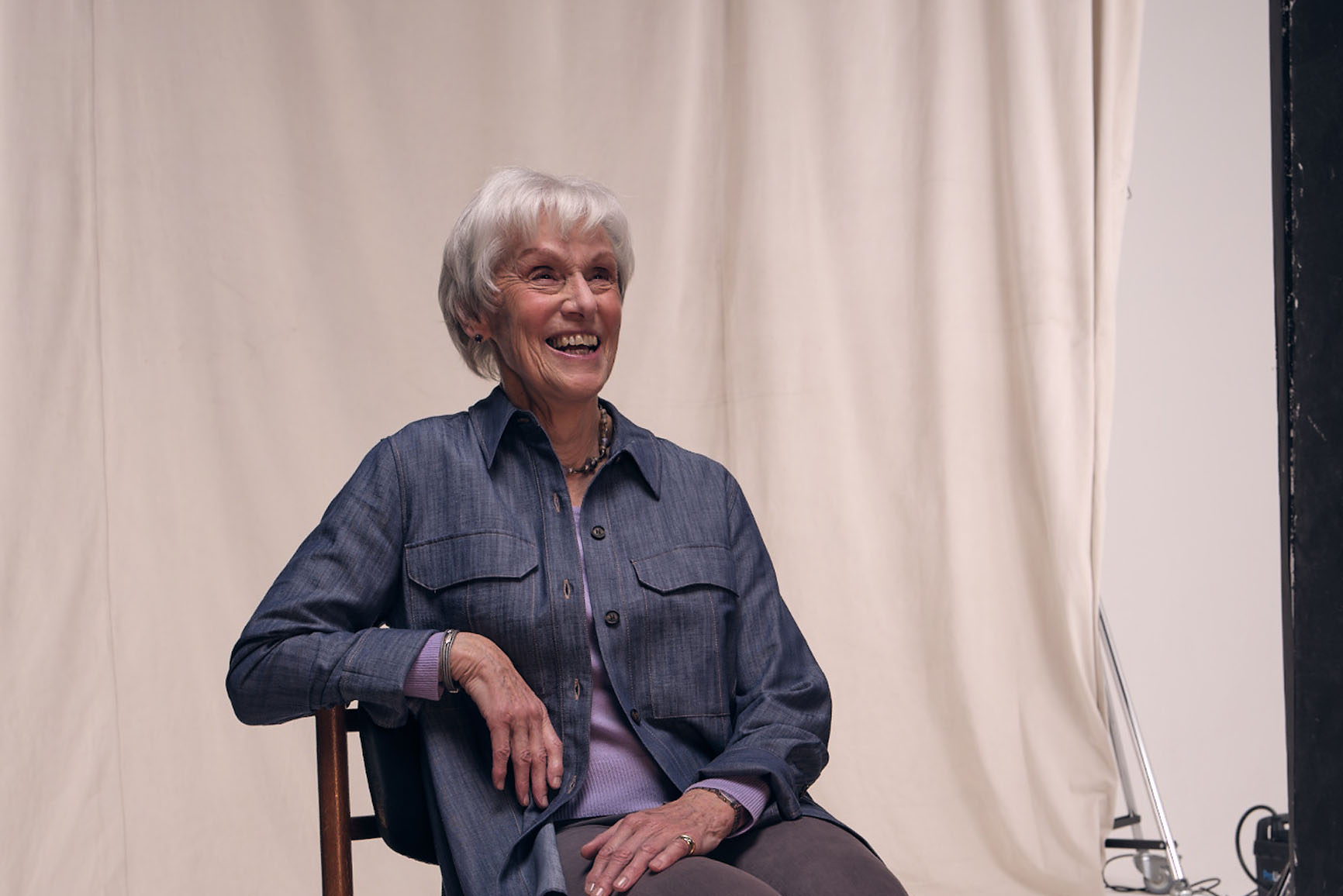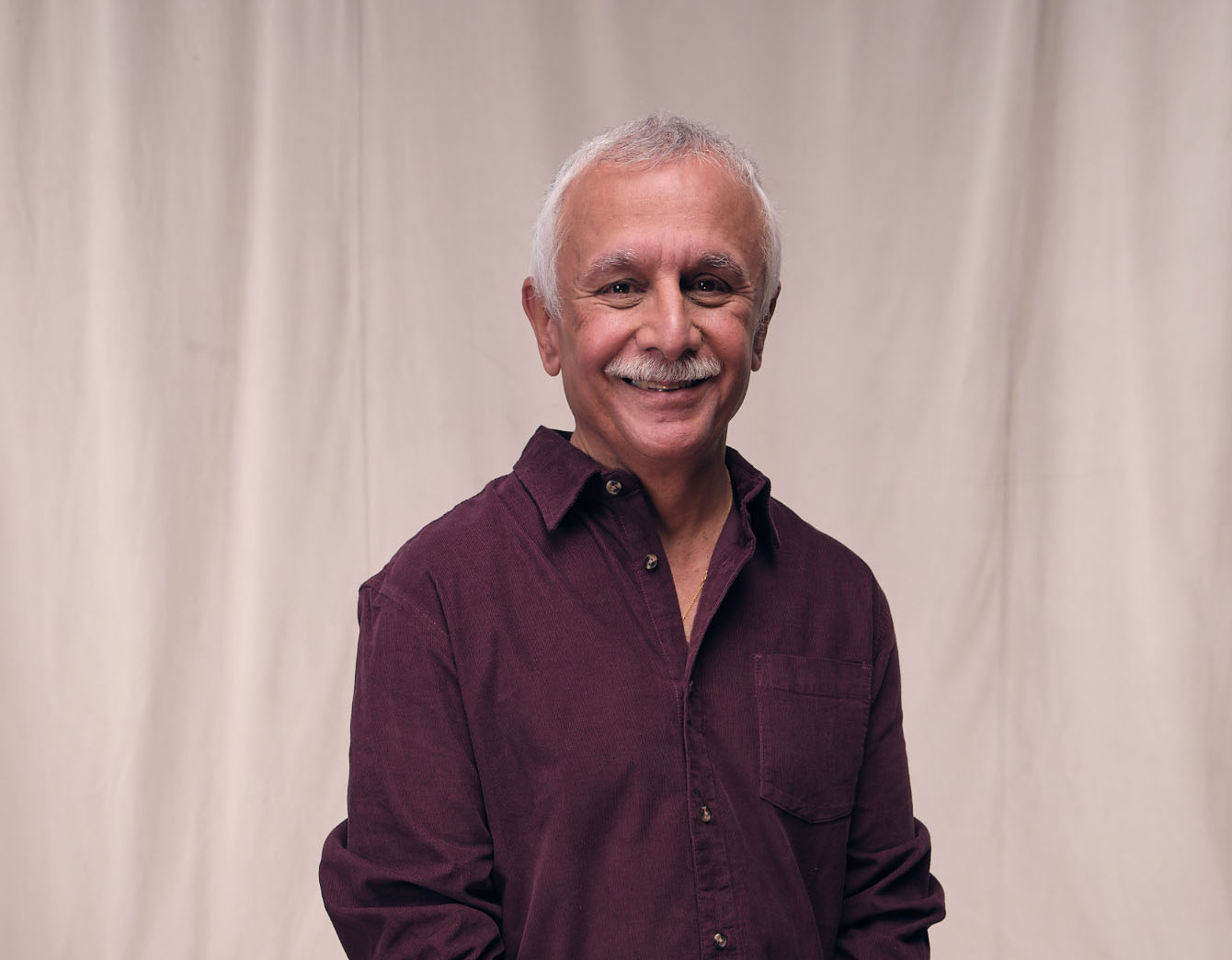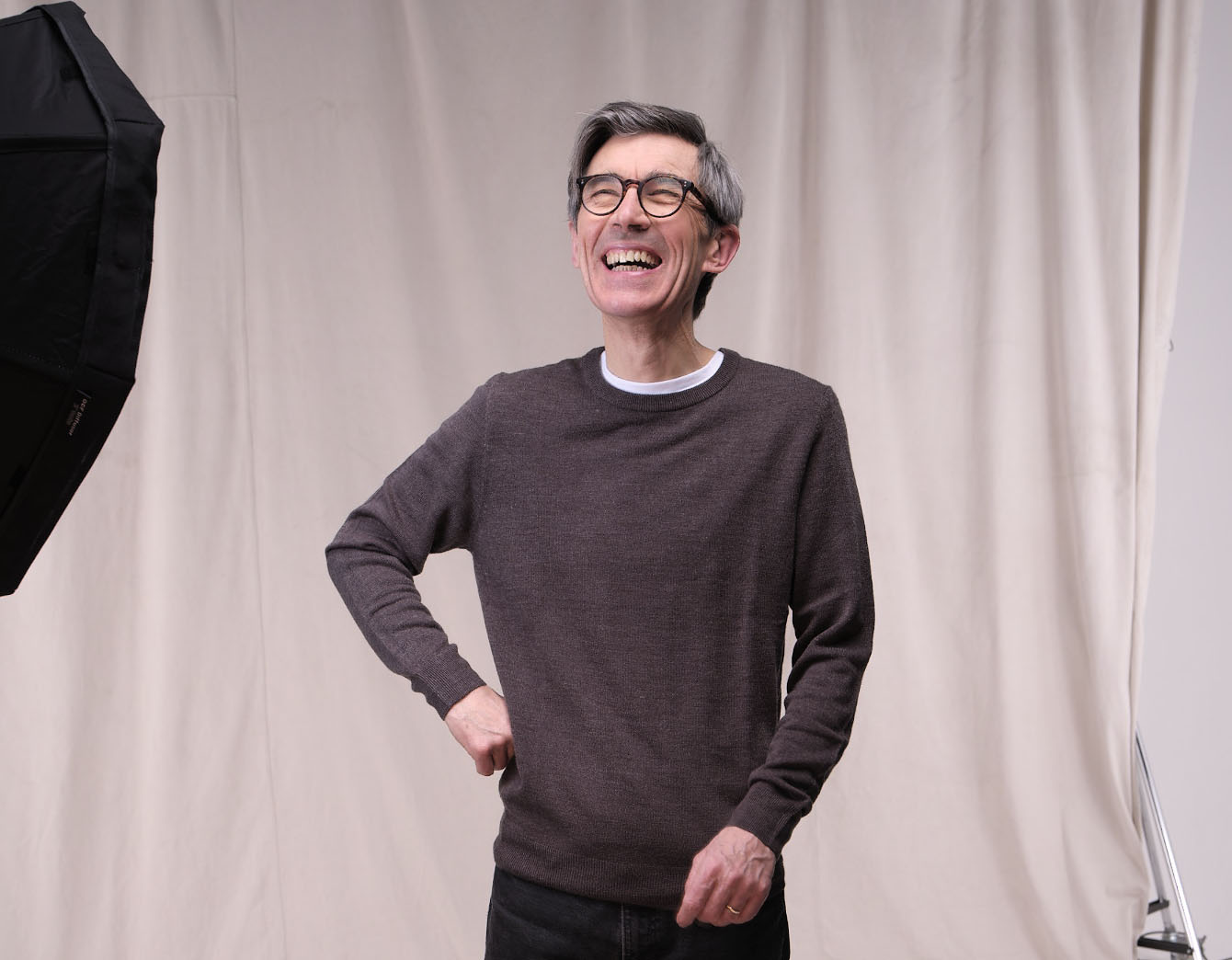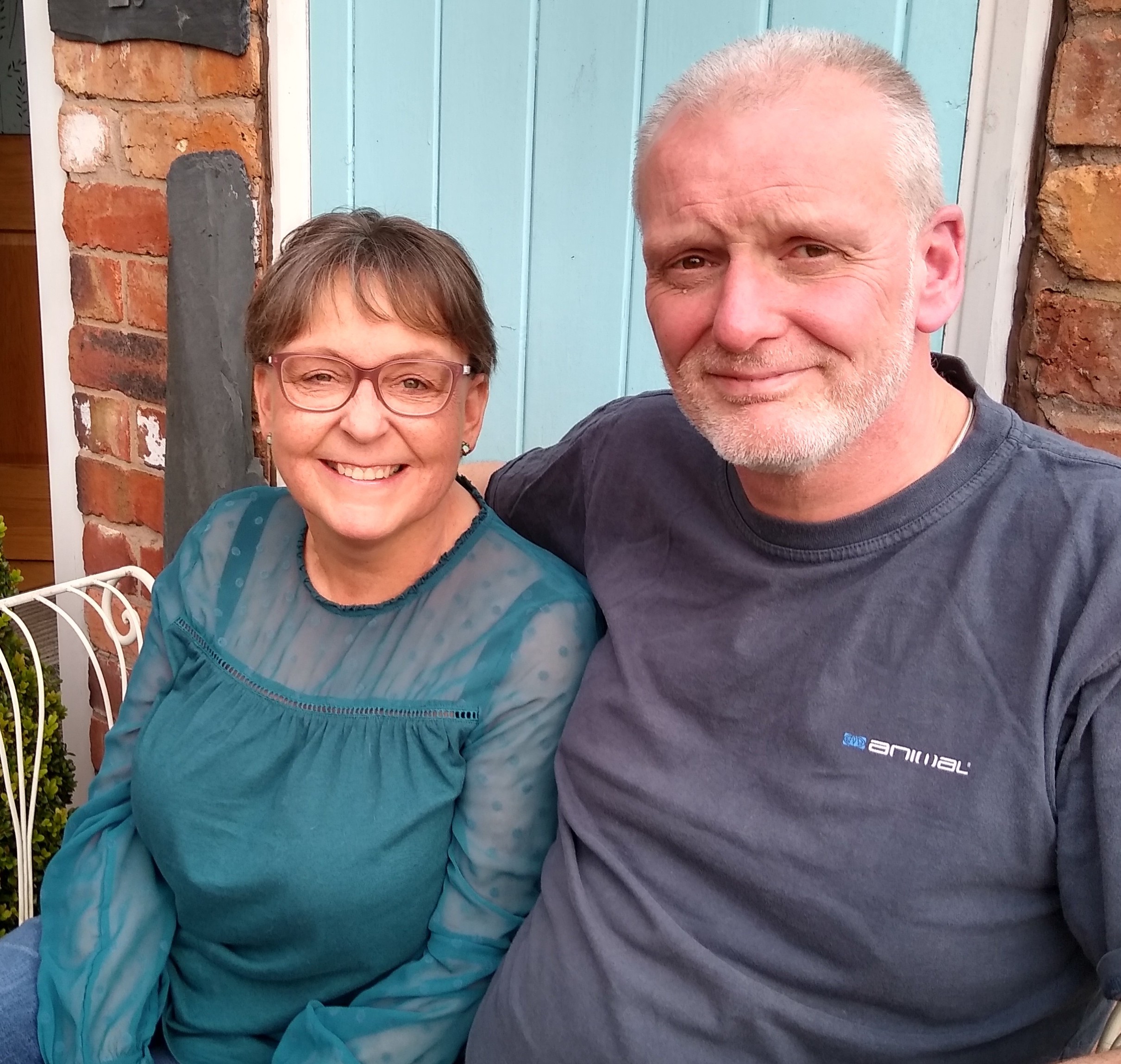What is Living Kidney Donation?
Living kidney donation is when someone chooses to give one of their kidneys to a person with kidney failure who needs a transplant. This could be a friend or family member, or some people choose to donate their kidney to a stranger on a transplant waiting list.
In the UK, living kidney transplants have been performed since 1960. Around 1,100 such operations are performed each year, with a very high success rate.
As well as considering living kidney donation, people can also join the deceased donor registry. This is where your kidneys and other organs will be given to the NHS and donated to those who need them after your death.
WHY DO WE NEED LIVING KIDNEY DONATIONS?
The facts speak for themselves:
Most of us are born with two kidneys, but we only need one kidney to lead a happy and healthy life.
More than 6,000 people are currently on the NHS waiting list for a kidney transplant.
Six people die every week waiting for a kidney.
A kidney transplant is the very best treatment option for many people with kidney disease, but the waiting list is currently very long. Adults wait an average of 18 months for a transplant. For some, the wait is even longer than that.
If more people donated a kidney, the waiting list for transplants would shrink. Many more people with kidney disease could come off (or avoid) years of difficult dialysis and regain their health and independence.
The donation of a kidney also saves the NHS a great deal of money. Keeping someone on a dialysis machine while they’re waiting for a kidney costs about £34,000 per patient each year.
ONE KIDNEY DONATION CAN SAVE UP TO THREE LIVES
Since January 2012, people in the UK who choose to donate a kidney to a stranger (known as ‘non-directed donors’) donate into the UKLKSS – the UK Living Kidney Sharing Scheme.
From January 2019, all non-directed kidneys began to be defaulted into the kidney sharing scheme to trigger a ‘donor chain’ (and therefore make more transplants possible), unless there is a high priority matching patient on the waiting list, in which case the kidney is offered to them.
This means that every non-directed donor stepping forward today is likely to trigger two to three transplants that otherwise may not have been possible.
CAN’T KIDNEY DONATIONS COME FROM DECEASED DONORS INSTEAD OF LIVING DONORS?
They can come from either.
However, only a very small number of people die in circumstances where their organs are suitable for transplant (fewer than 1% of the population) so there is always a shortage.
A kidney from a living donor is also seen as the gold standard for transplants. The success rate for transplants from living donors is better than that for transplants from deceased donors, and they can also last many years longer.
Kidney surgery from a living donor can also be planned for the best possible time for the donor, recipient, and surgical team. Surgeries involving a deceased donor can come at any time and place, and must usually happen immediately to have a chance at success.
Please note that this web page does not cover detailed medical questions. It is designed to give you general information about donating a kidney based on the advice of medical professionals and currently accepted guidance in the UK, using all available research. Speak to your healthcare professional or Living Donor Coordinator for more detailed information about your own situation.




